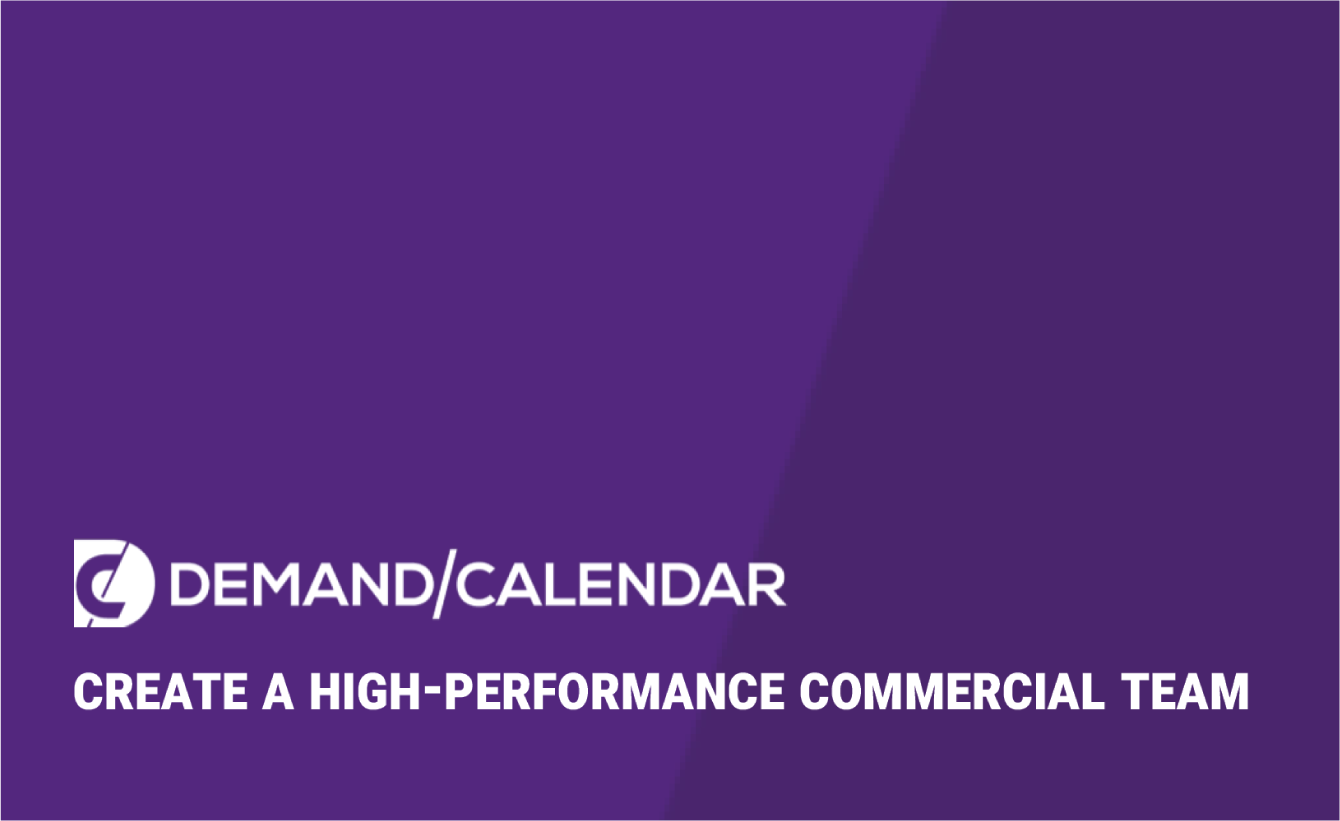Eventually, all hotels need and will use technology based on AI and ML, but current systems are still in their infancy, just like most hotels do not yet understand what they need and how AI and ML work.
Recently, 11 experts shared their view on "What are the best technology solutions for optimizing revenue?" Almost all of them brought up Artificial Intelligence (AI) and Machine Learning (ML) as the future within revenue management. In addition, some system vendors have already applied AI and ML to their systems to make them more accurate in making decisions.
5 AI development steps
Hoteliers are overwhelmed by vendors talking about AI and ML in a complicated way on how this technology will miraculously optimize the total revenue in the hotel. However, a general AI development pipeline helps explain the process and the different roles in an AI project.
Define the problem
The hotel has a problem and needs to understand the situation before deciding about the solution. Albert Einstein once said, "If I had an hour to solve a problem, I'd spend 55 minutes thinking about the problem and 5 minutes thinking about solutions." The problem of "optimizing revenue" is too broad and needs to be broken down into smaller pieces. Ask "why" a couple of times to find the root cause of the problem. Until the problem is defined, it is tough to find a solution. This first step is the hotel's sole responsibility.
Find and curate data.
If the solution includes AI and ML, data is the new gold. The data quality is critical for AI and ML to make correct decisions. Without high-quality data, decisions might not be accurate at all. AI and ML can cleanse data, but high-quality data leads to better decisions. The hotel collects, processes, and stores data, so data quality is the sole responsibility of the hotel.
Designing the algorithm
AI and ML should solve the problem, for example, recommend a rate. Then, based on the input about the situation and data with high quality, it is possible to design a reasonably accurate algorithm. This design process is the responsibility of the vendor. Beware of bias when vendors develop the algorithm. For example, a system that gives different rates to white people and people of color would be a nightmare for a hotel.
Develop the product/system
Once there is a solid algorithm, the vendor can develop a system that will use the data, run the algorithm and produce the outcome. Again, the technology is the sole responsibility of the vendor.
Deliver the service
Finally, the system is tested and put into production with the correct data feeds. Both vendor and hotel should be heavily involved in the implementation. The hotel needs to get extensive training on how to use the system optimally. The whole idea with systems using AI and ML is to make decisions that impact the revenue. These systems are not yet perfect, so hotels better understand how they work when their human brain does not agree with the decision.
Humans are superior
Humans are still superior. AI and ML will not define the problem, not collect the data, not design the algorithm, not develop the system, and not implement. Maybe AI and ML will in the future, but we are certainly not there yet. Today AI and ML can solve particular and well-defined problems, so the problem definition is critical for an AI and ML project to succeed. For example, hotels would benefit from using AI by letting AI handle mundane tasks and process data faster and more accurately. Then hotel team members can use their brains for creativity and judgment, which are human traits that are very complex and cannot yet, if ever, be replicated by AI and ML.
Questions to AI vendors
Every hotelier only needs to ask the AI vendor these questions:
- How do you define the problem?
- Which data do you use and from where?
- How do you avoid bias when you design the algorithm?
- How does your solution work?
- How do you implement and deliver the service?
Finally, you have to estimate the impact of using AI and make a return on investment calculation. If the investment return is positive, start small and experiment, so you are in the game when the technology begins to take off.
For more ideas, download the white paper "Create a High-Performance Commercial Team."

